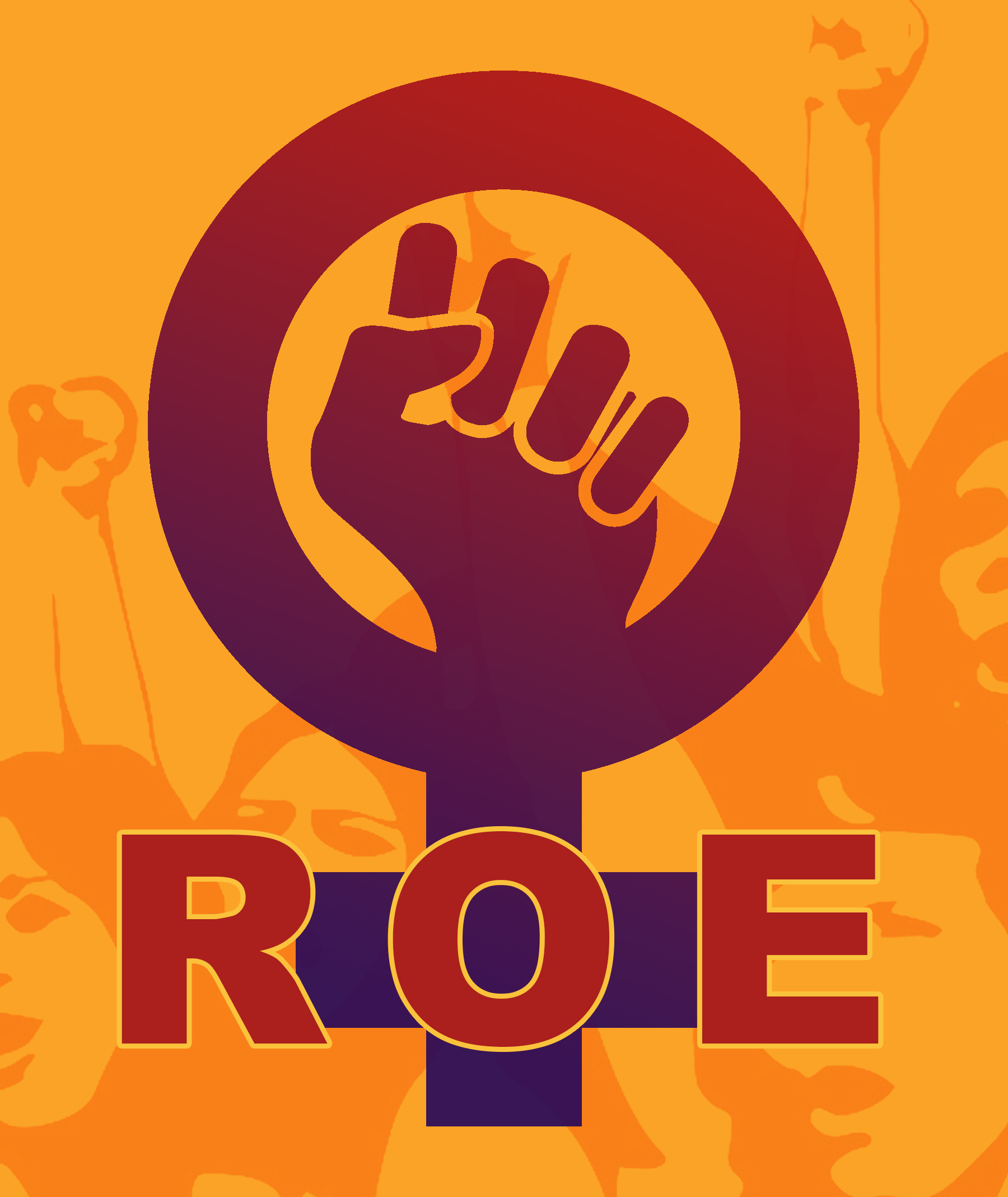In the pursuit of justice and equity, the legal system faces challenges that hinder equal access to justice. Addressing these obstacles is crucial for creating a fair and inclusive society.
Addressing Inequities in the Legal System

Information for Staff – African Conservation Trust – Source projectafrica.com
Individuals from marginalized communities often face barriers that prevent them from fully engaging with the legal system. Limited access to legal assistance, cultural and language barriers, and implicit biases can create disparities in representation and outcomes.
An Act for Justice and Equity

Speech On World Day For International Justice – The Citrus Report – Source thecitrusreport.com
An Act Relative To Access To Justice And Equity In The Courts aims to address these inequities by establishing a framework for improving access to justice and promoting equity in the legal system.
Main Points of the Act
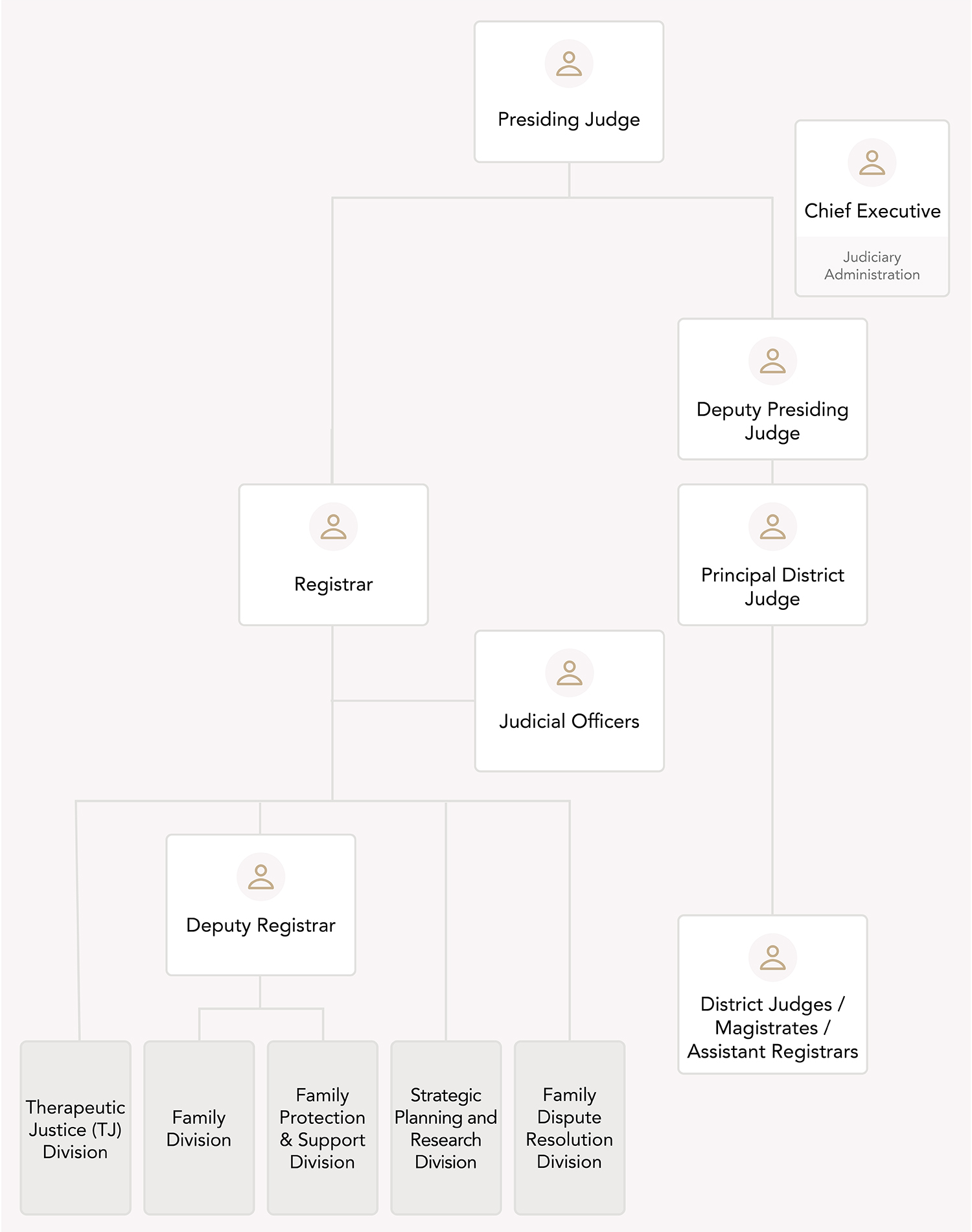
Role and structure of the Family Justice Courts – structure – Source www.judiciary.gov.sg
The Act focuses on increasing funding for legal aid organizations, providing language interpretation and cultural competency training for court staff, and expanding access to legal advice and education for underserved communities.
An Act for Justice and Equity in the Courts

Confused About the JUSTICE Act vs. the Justice in Policing Act? This – Source www.fcnl.org
My personal experience as a public defender brought to light the stark disparities in access to justice. I witnessed firsthand how individuals from low-income backgrounds struggled to navigate the complexities of the legal system without adequate representation.
An Act Relative To Access To Justice And Equity In The Courts is a much-needed step towards bridging this gap and ensuring equal representation for all. By providing financial support for legal aid organizations, the Act empowers them to expand their services and reach more individuals in need.
History and Myths of Justice and Equity
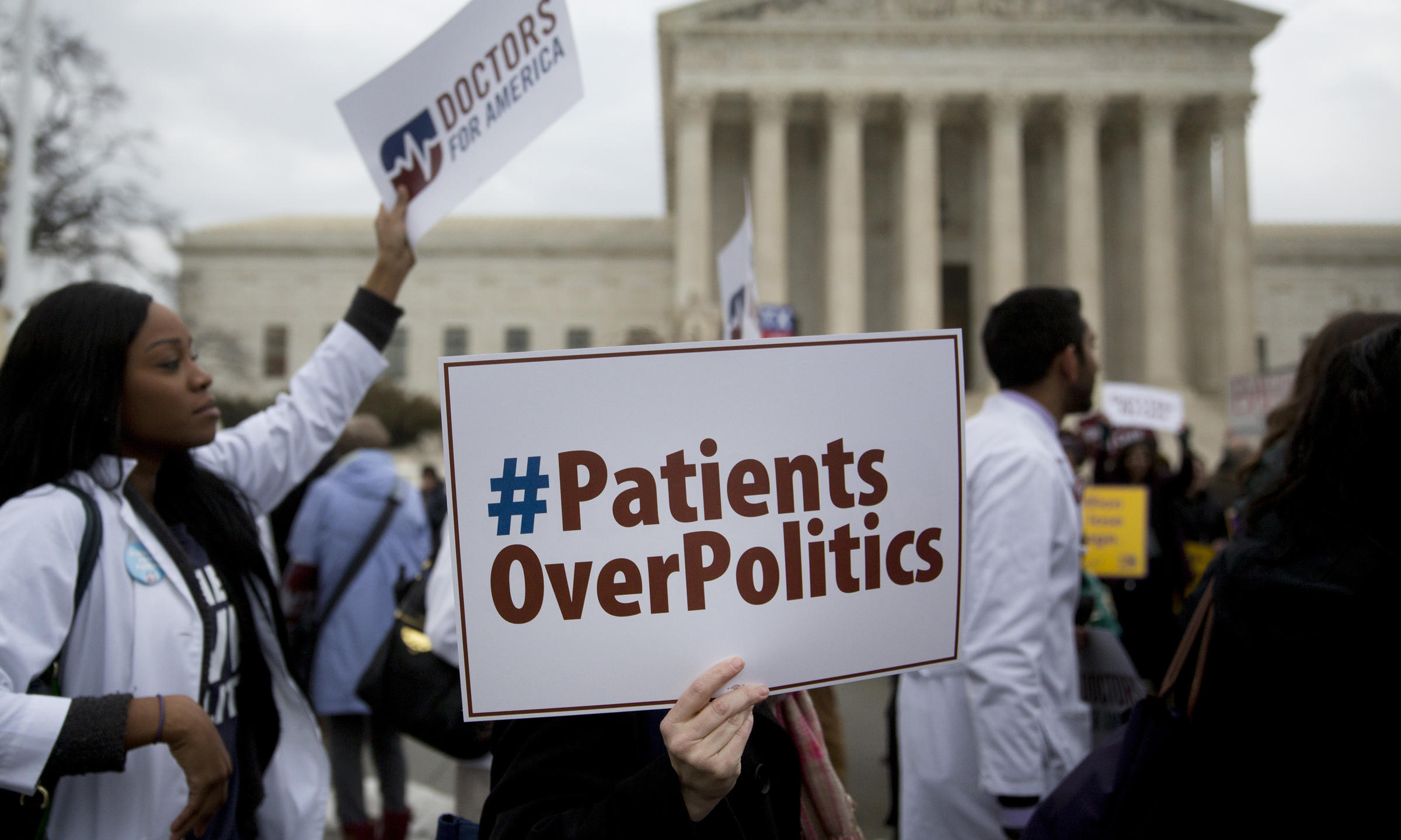
The Affordable Care Act Is Back In Court: 5 Facts You Need To Know – Source health.wusf.usf.edu
Historically, access to justice has been influenced by social and economic factors. Myths and stereotypes have perpetuated the idea that justice is only available to the privileged few.
An Act Relative To Access To Justice And Equity In The Courts challenges these myths by recognizing that equal access to justice is a fundamental right. It promotes the idea that all individuals, regardless of their background or circumstances, deserve fair and impartial treatment under the law.
Hidden Secrets of Access to Justice
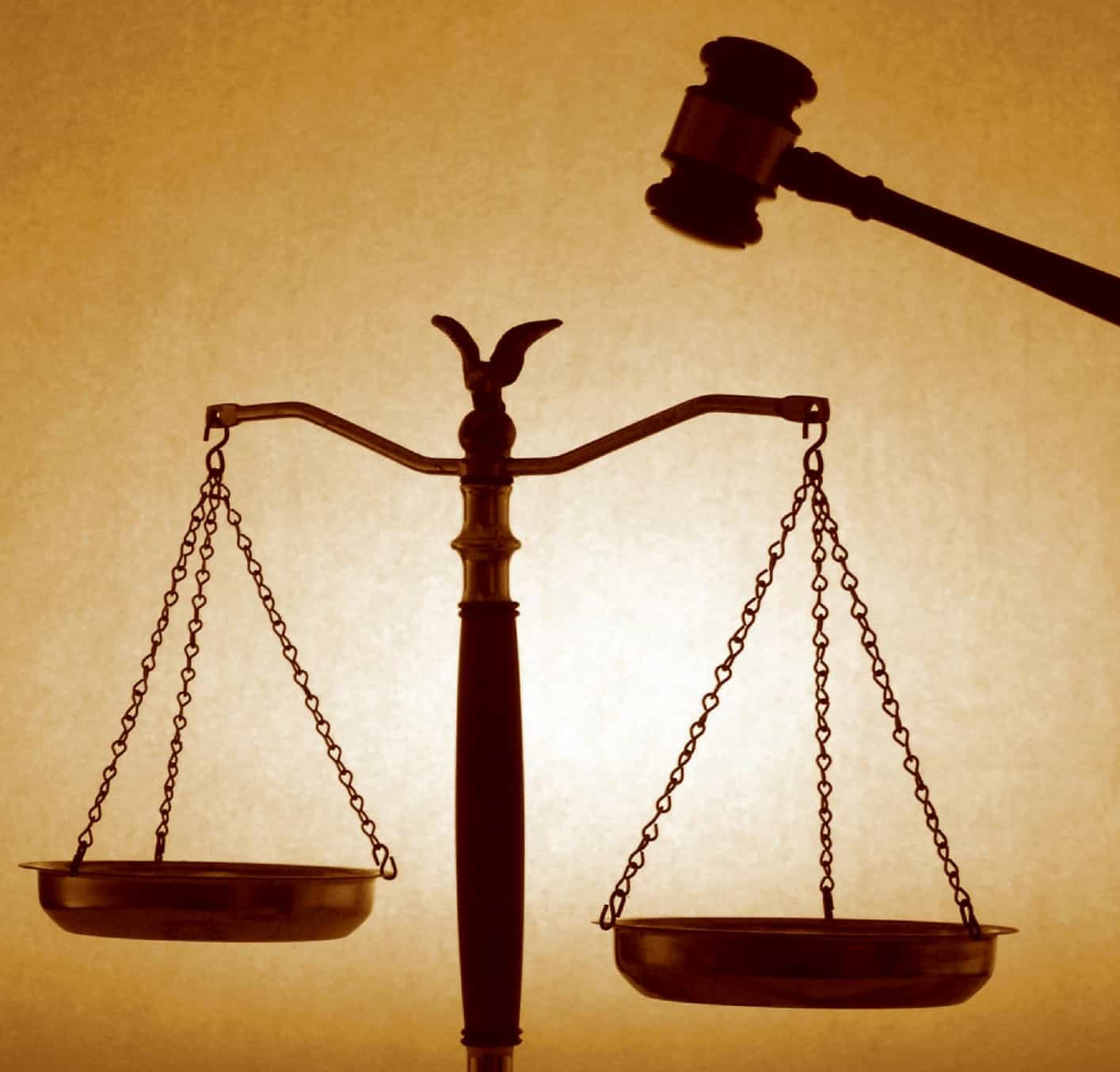
Theory Of Justice And Its Relevance In Indian Judicial System – Source www.legalserviceindia.com
Beyond the surface level, An Act Relative To Access To Justice And Equity In The Courts addresses systemic issues that have historically hindered access to justice.
The Act acknowledges that poverty, race, and other marginalized identities can create barriers to equal representation. It aims to dismantle these barriers by providing targeted support and resources to underserved communities.
Recommendations for Access to Justice
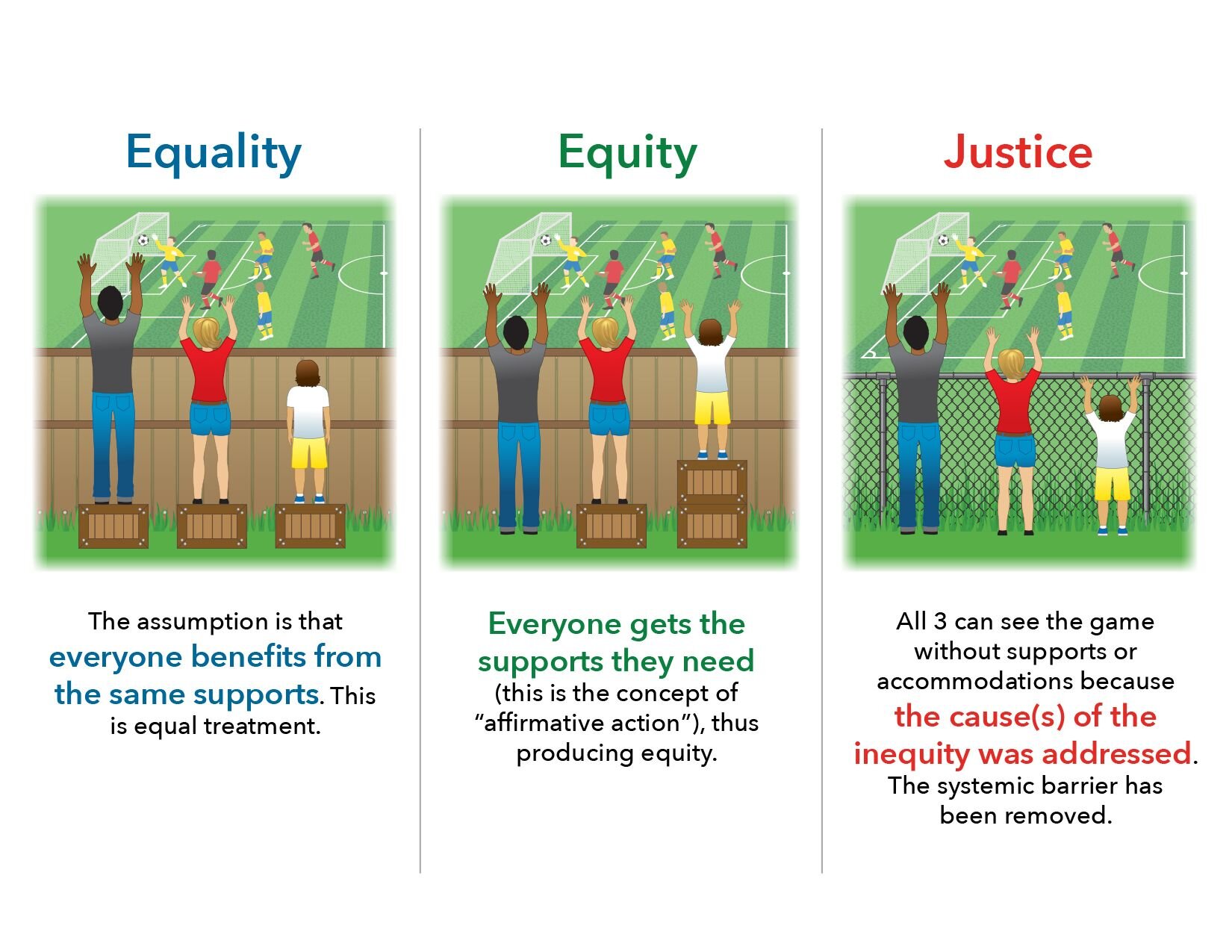
Healthy Equity Graphics External — Johns Hopkins Health Equity Hub – Source www.healthequityhub.com
To further enhance access to justice, we must consider additional recommendations:
- Expanding legal aid eligibility criteria to reach more individuals in need
- Investing in training and education programs for legal professionals on cultural competency and implicit bias
- Implementing alternative dispute resolution mechanisms to reduce barriers to accessing the courts
An Act and Its Impact
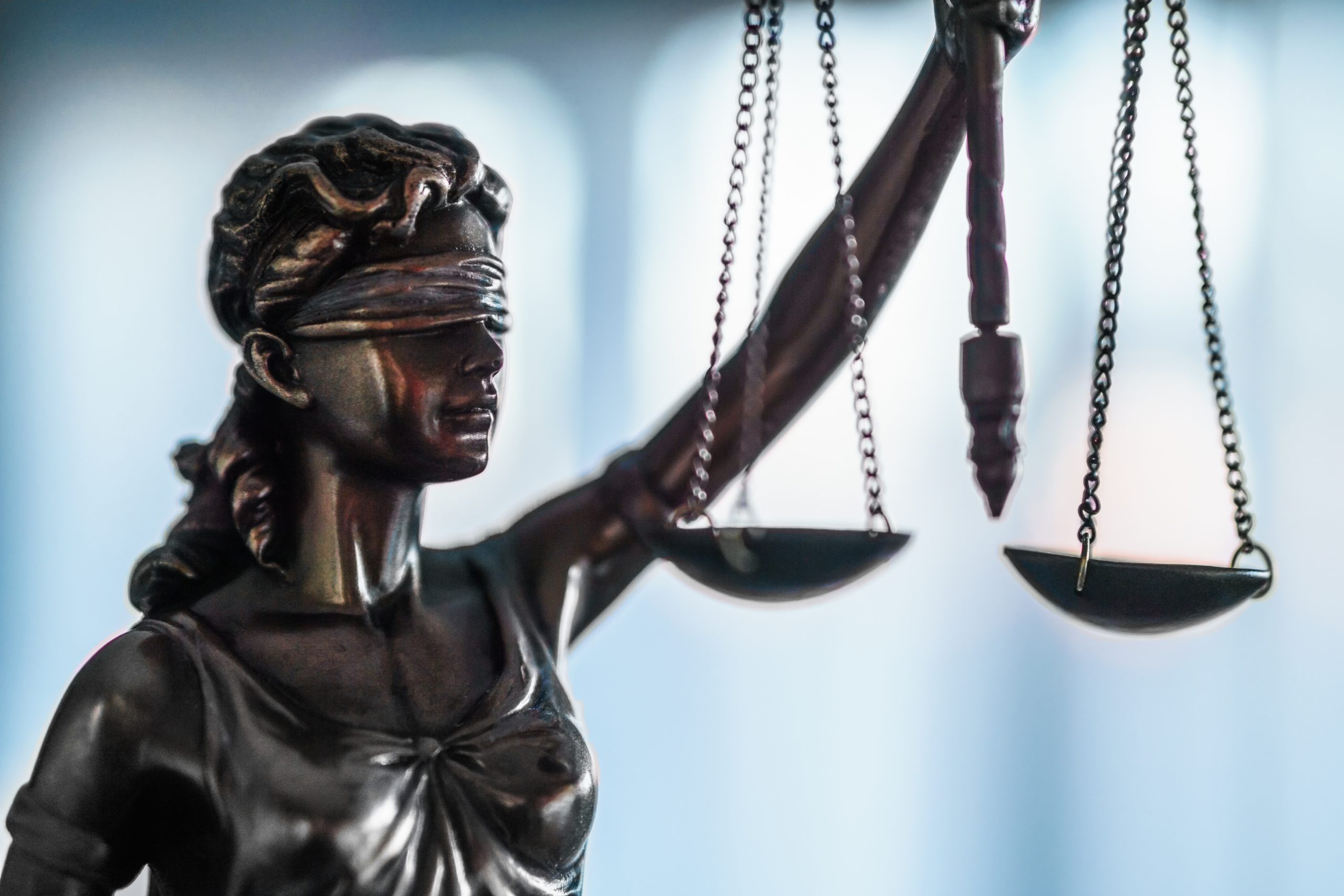
Order Terminating Parental Rights Reversed; Discussing Clear and – Source www.louisvilledivorce.com
An Act Relative To Access To Justice And Equity In The Courts goes beyond mere principles. It has tangible implications for individuals and our society as a whole.
By promoting equal access to justice, we create a more just and equitable society where all individuals can feel confident in their ability to navigate the legal system and protect their rights.
Tips for Accessing Justice

Act Summary – Employment Equity – Summary of the Employment Equity Act – Source www.studocu.com
To better understand your rights and access legal assistance, here are some tips:
- Contact legal aid organizations for free or low-cost representation
- Attend legal clinics and workshops to learn about your legal rights
- Seek guidance from community organizations and advocacy groups
Fun Facts about Justice and Equity

Promotion of Administration of Justice Act guide – The Promotion of – Source www.studocu.com
Here are some intriguing facts about access to justice and equity:
- According to the American Bar Association, 80% of low-income Americans qualify for legal aid but only 20% receive it.
- Studies have shown that individuals represented by legal counsel are more likely to have their charges dismissed or reduced.
- Language barriers affect approximately 25% of the U.S. population, highlighting the need for language interpretation services in the legal system.
How to Advocate for Justice and Equity
To advocate for justice and equity, consider these actions:
- Support legal aid organizations and pro bono initiatives
- Attend community meetings and speak up about access to justice issues
- Contact your elected officials and express your support for policies that promote justice and equity
What if Justice and Equity Were Equal?
Imagine a world where access to justice and equity were not elusive concepts but fundamental realities for all. Our society would be transformed in countless ways:
- Individuals would feel empowered to seek legal redress for wrongs committed against them.
- Trust in the legal system would be strengthened, fostering a more just and harmonious society.
- The voices of marginalized communities would be amplified, leading to more inclusive and equitable policies.
Listicle: Benefits of Justice and Equity
Here’s a listicle highlighting the benefits of justice and equity:
- Reduced crime rates
- Increased economic growth
- Improved public health outcomes
- Stronger social cohesion
- Enhanced trust in government
Questions and Answers about Justice and Equity
- What is access to justice? Access to justice refers to the ability of individuals to seek and obtain fair and impartial treatment under the law.
- What are the barriers to access to justice? Barriers to access to justice include poverty, race, language, disability, and other marginalized identities.
- What is the role of legal aid in promoting access to justice? Legal aid organizations provide free or low-cost legal assistance to low-income individuals and underserved communities.
- How can I advocate for justice and equity? You can advocate for justice and equity by supporting legal aid organizations, attending community meetings, and contacting your elected officials.
Conclusion of An Act Relative To Access To Justice And Equity In The Courts
An Act Relative To Access To Justice And Equity In The Courts is a groundbreaking step towards achieving a more just and equitable legal system for all. By addressing the barriers faced by marginalized communities, investing in legal aid, and promoting cultural competency, we can create a society where everyone has an equal opportunity to seek and obtain justice.


